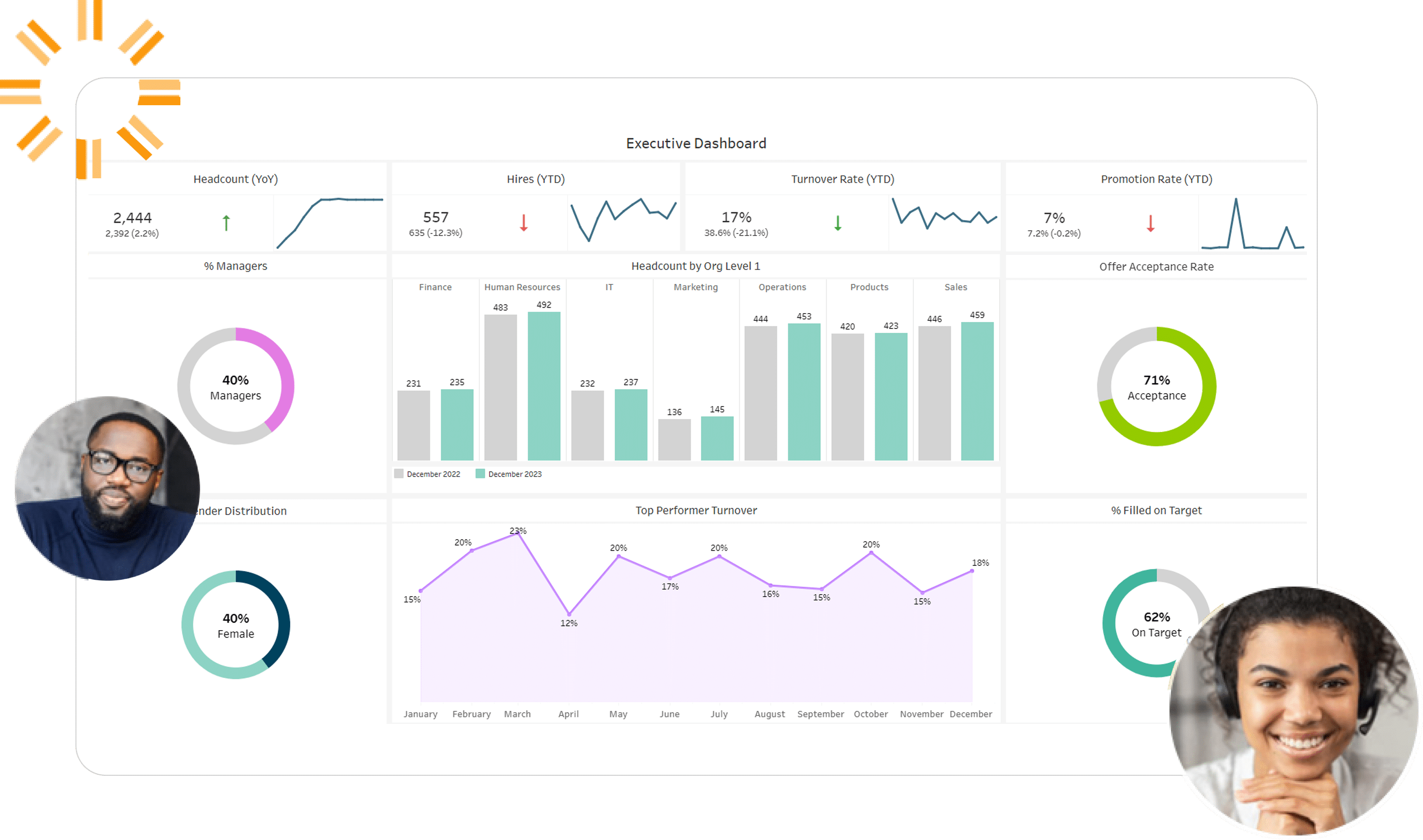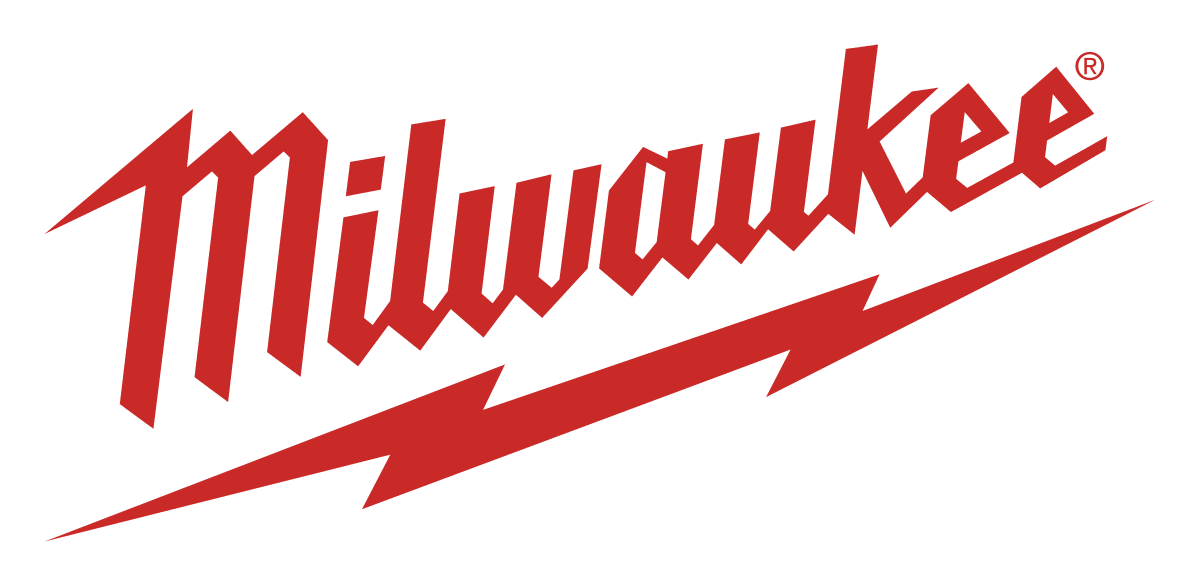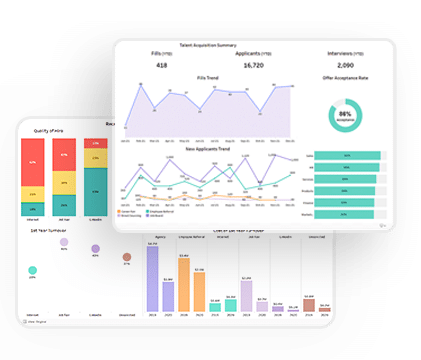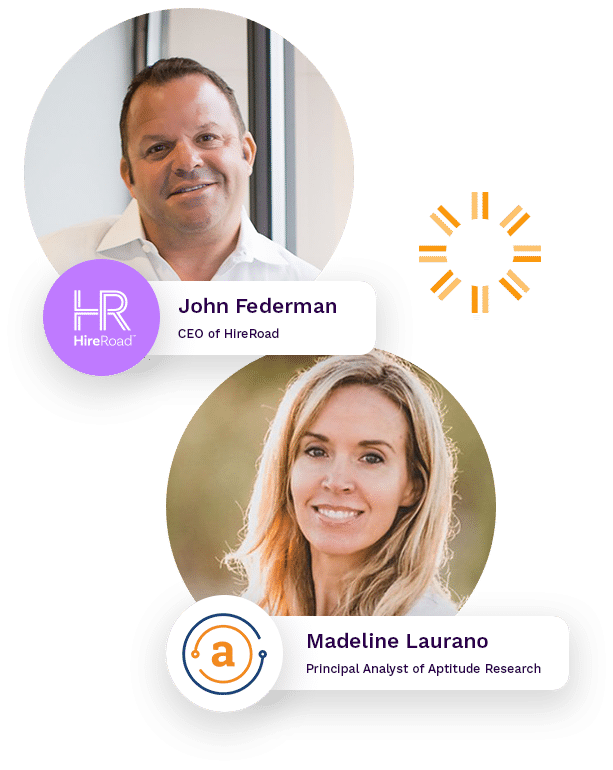For People Analytics Solutions
Power your business with better people data
Better decisions start with better data. Get clear, timely insights with our industry-leading people analytics. No more scouring spreadsheets and crunching numbers — we streamline your reporting so you can focus on results.











The scalable approach to HR management
We help you de-silo your data and drive results across every HR function, from DEI to retention. With clearer data in hand, your team can make smarter decisions — faster.
Optimize Talent AcquisitionUp-level your candidate experience with clear pipeline data. Remove the bottlenecks, identify top applicants, and make an offer faster. |
Improve Quality of HireIdentify which recruiting programs are driving quality hires. Drill down into first-year outcome data, from hiring manager surveys to turnover metrics. |
Reduce TurnoverCut employee churn rates with pinpoint insights on what is truly driving attrition. Data in hand, you can develop proactive retention strategies. |
Monitor HeadcountGet a complete picture of headcount across departments. Connect the dots between hiring volume, attrition rates, and internal movement. |
Retain Top TalentDemystify employee retention. See what’s truly working, with comprehensive metrics on compensation, engagement, development, and more. |
Achieve DEI GoalsDeliver a genuine impact with your DEI programs. Measure your progress against key initiatives and loop in stakeholders for total visibility. |
CompensationStay competitive. Measure your compensation rates against industry benchmarks, and keep tabs on key focus areas, like strategic growth and top performers. |
Succession PlanningPrep for a pain-free succession to keep business running smoothly. Identify potential role gaps sooner, and adjust your employee development plans accordingly. |
Technology Advantage
Unify your siloed data. Get a digestible, up-to-date picture of every HR function — all in one place.
Data Integration

Data Transformation & Model

Visualization & Customization
What Our Customers Are Saying
HR Management Resources
Get practical advice from people who get it. Learn from HR industry experts and people data wizards.
Webinar – The Future of People Analytics
Webinar: The Future of People Analytics: Learnings from Aptitude Research…
read more >
Landing Page – 2024 Guide to Navigating People Analytics eBook
The 2024 Guide to Navigating People Analytics Your Guide to…
read more >
Top 5 HR Analytics Dashboards – eBook
People Analytics Dashboards for People Leaders Discover the transformative potential…
read more >
